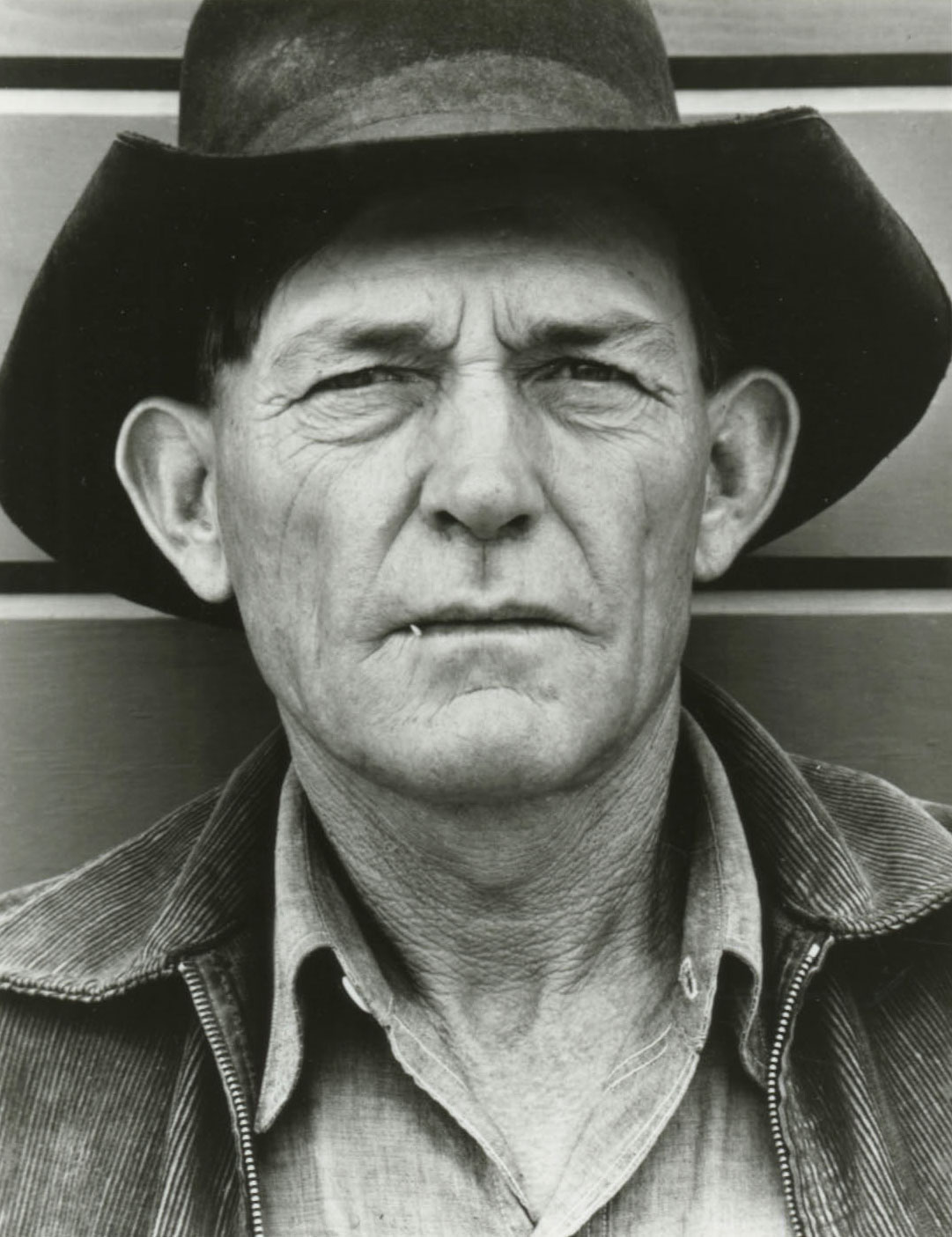
The Great Depression was one of the most dismal periods in American history—and, paradoxically, one of the most photogenic. Hired by the U.S. government under FDR’s visionary Farm Security Administration, documentary heavyweights like Gordon Parks, Walker Evans and Dorothea Lange made photographs during the Depression that have come to exemplify the era. But in a sense, the FSA’s operation really took root at Columbia University in New York, where Roy Stryker, a Columbia professor tapped by the Roosevelt administration to lead the fledgling photo project, recruited Arthur Rothstein, the first official photographer of the FSA.
Rothstein, born in 1915 and raised in the Bronx, was a largely unsung hero of the now-legendary government-run documentary collective, first conceived as part of Roosevelt’s series of New Deal initiatives meant to help bolster a devastated economy. A promising Columbia student who majored in chemistry and founded the university’s first camera club, he was recruited by Stryker and professor Guy Tigwell to set up what would become the official FSA darkrooms and photo studios. He was also enlisted to purchase equipment that future photographers on assignment for the government’s first photo agency would use to document a country in crisis.
After setting up shop in Washington, D.C., Rothstein, then just 20 years old, went out on assignment, shooting stacks of pictures for Stryker and the FSA, many of which have now made their way back to Columbia. Thousands of Rothstein’s original prints, donated by the Rothstein family and spanning his entire career, are part of the permanent collection of the Avery Architectural and Fine Arts Library. It took two years for the collection to be fully processed and cataloged.
“It was important to the family to maintain the Columbia connection,” said Carole Ann Fabian, Director of the Avery Library. “They had a long history with the school, and with the city, and really wanted to see the work here for people to research and for students to discover.”
Rothstein’s work for the FSA took him across the country, and he would go on to document much of Europe, India, Myanmar (then called Burma) and China for the United States Signal Corps. As the chief photographer for the United Nations Relief and Rehabilitation Administration, he captured powerful images of the Great Chinese Famine of the late 1950s and early 1960s.
A gifted editor and graphic designer, Rothstein also served as the Director of Photography for LOOK and Parade magazines, though according to Fabian he always referred to himself as the “technical director” for publications he worked with. An engineer at heart, Rothstein was also the principle inventor of a machine called the X-o-Graph, a device that could reproduce images and make them appear three-dimensional.
While the collection at Columbia includes a vast survey of Rothstein’s own work, it also includes notes, letters, paperwork and photographs from his personal collection. A quick scan of Columbia’s newly compiled and exhaustively cataloged research guide shows prints by FSA colleagues Evans and Lange, as well as seminal figures like Lewis Hine, Julia Margaret Cameron and Matthew Brady.
“The Arthur Rothstein Photograph Collection is stunning in its power, scope, technical prowess and beauty,” Fabian told LIFE.com. “We are thrilled to receive this important body of materials and we look forward to intensive study of this archive by the research community.”
The acquisition will be officially announced at Columbia University on Oct. 28th, and will include an exhibition and speeches by Columbia faculty and staff. The event is open to the public, but RSVPs should be sent to Avery-Friends@libraries.cul.columbia.edu, as space may be limited.
Krystal Grow is a contributor to LIFE.com and TIME LightBox. Follow her on Twitter and Instagram @kgreyscale
The Avery Architectural and Fine Arts Library at Columbia University is one of the most comprehensive collections relating to architecture and the fine arts in the world. Avery collects a full range of primary and secondary sources for the advanced study of architecture, historic preservation, art history, decorative arts, city planning, real estate, and archaeology.
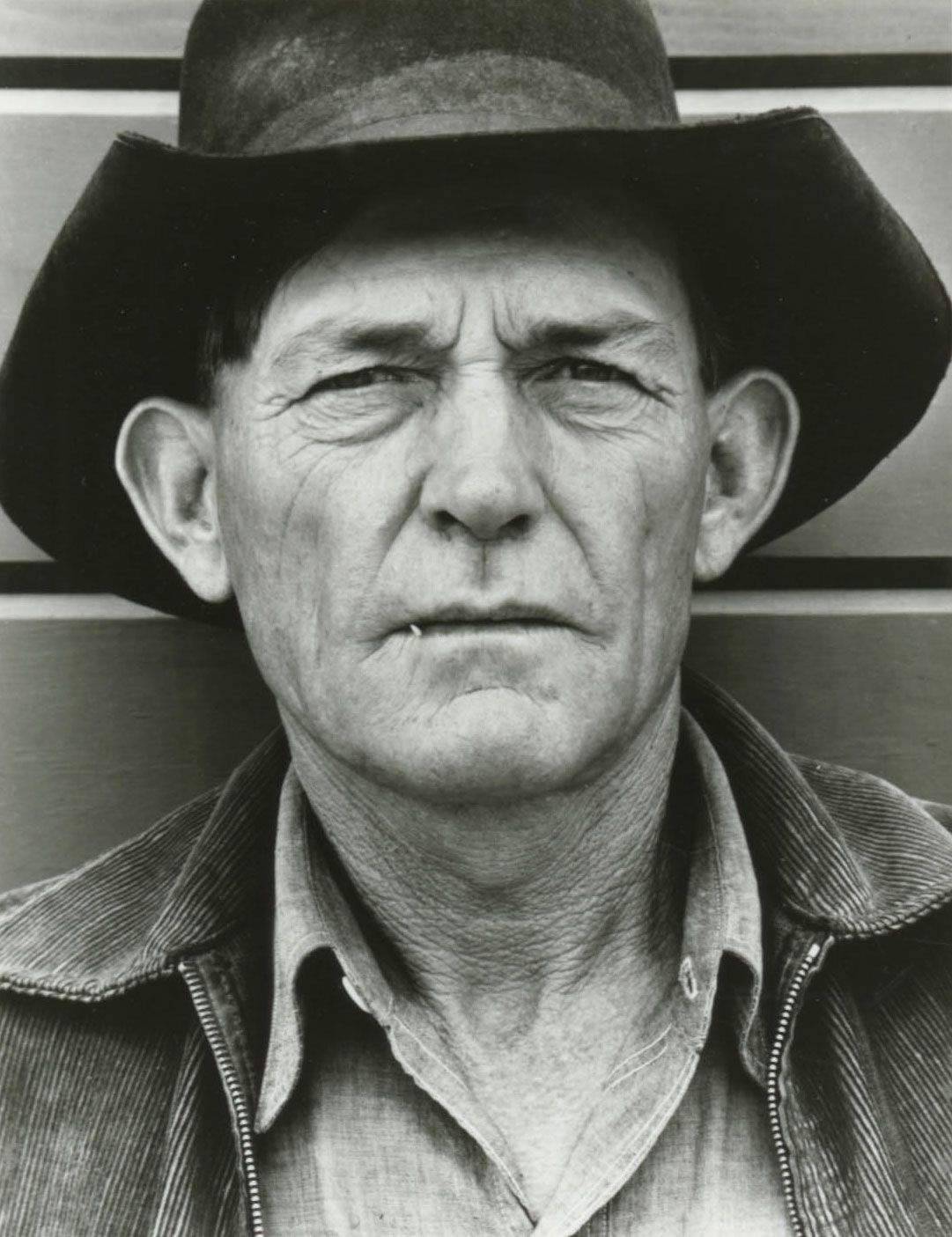

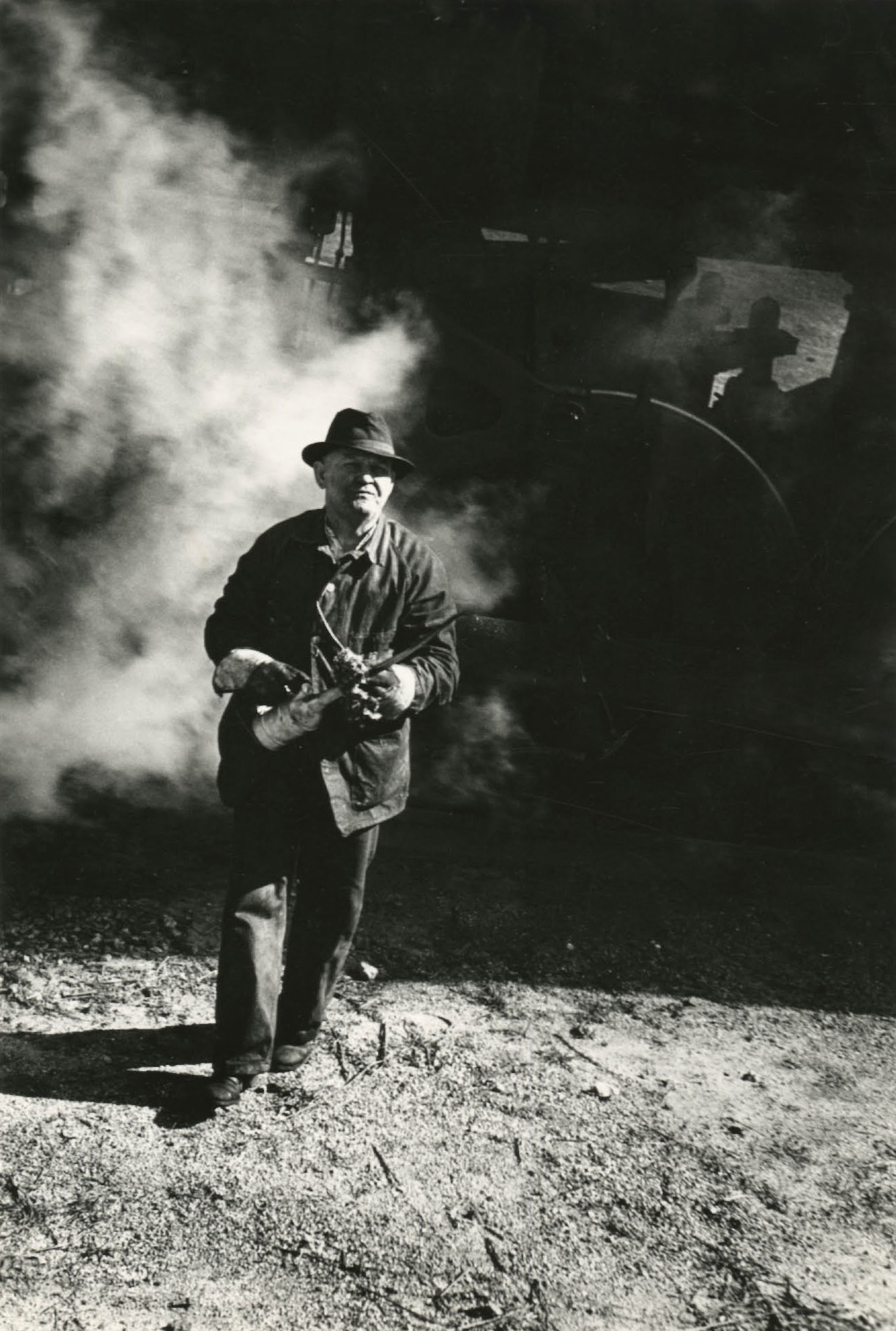
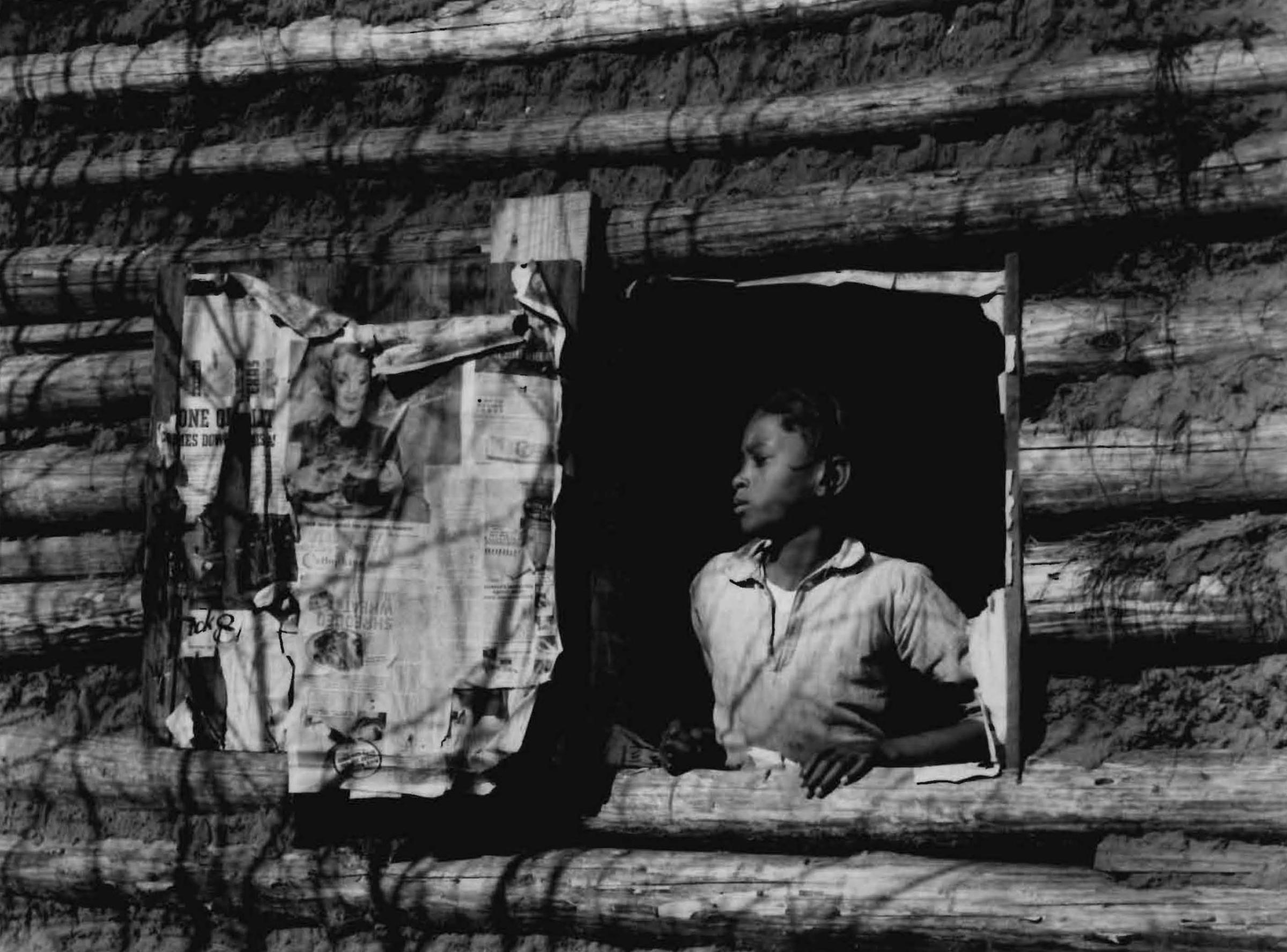
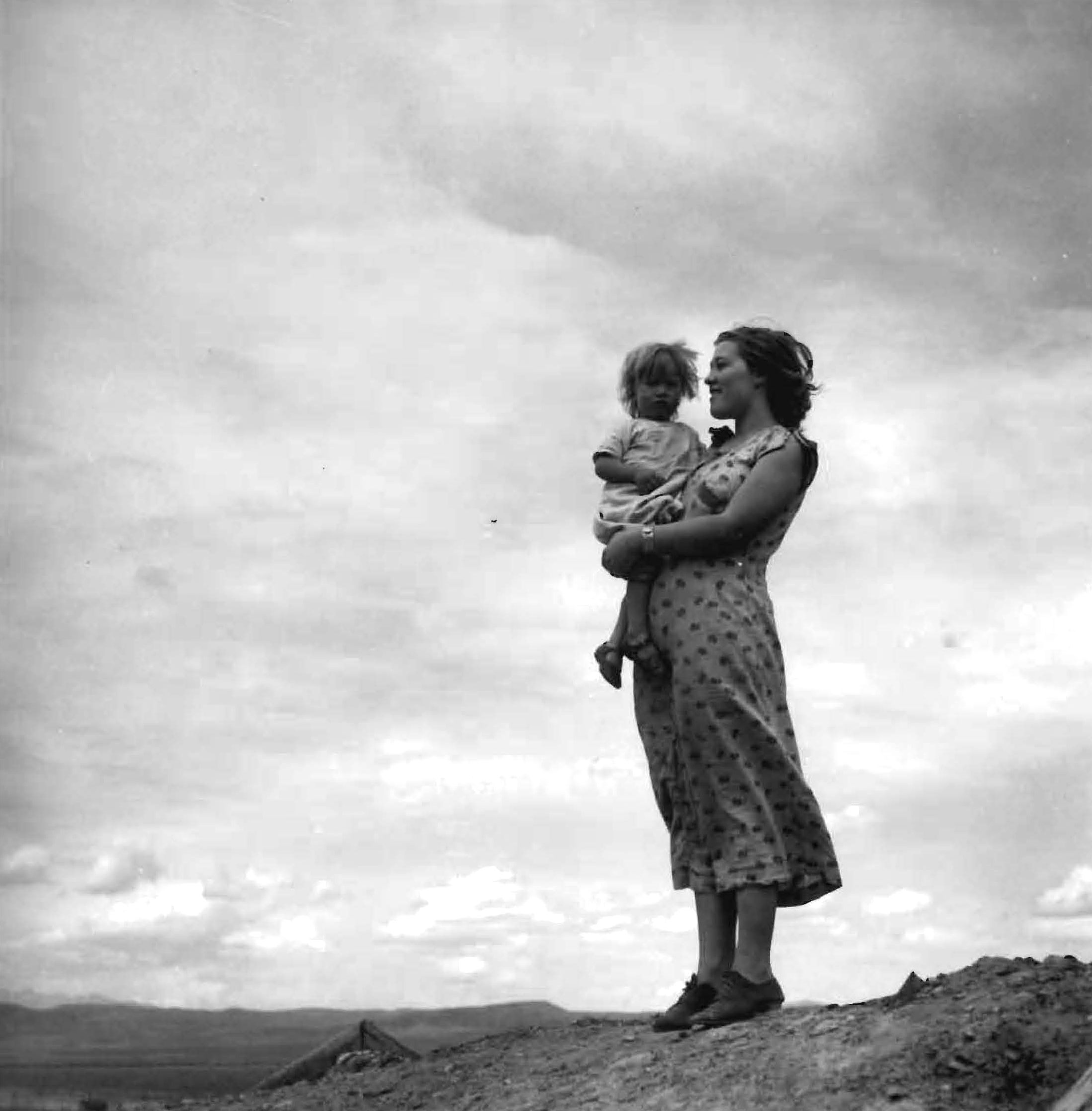
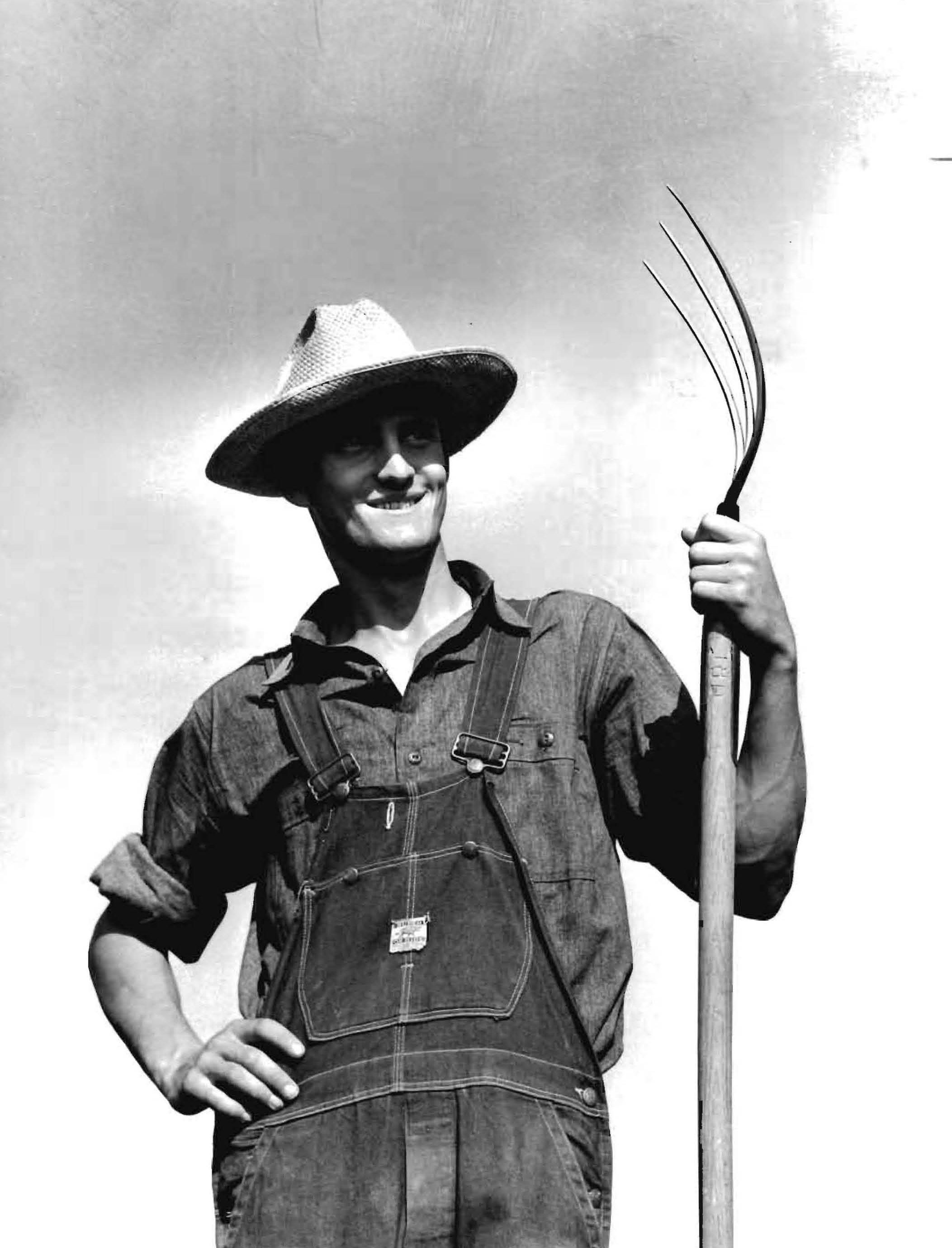

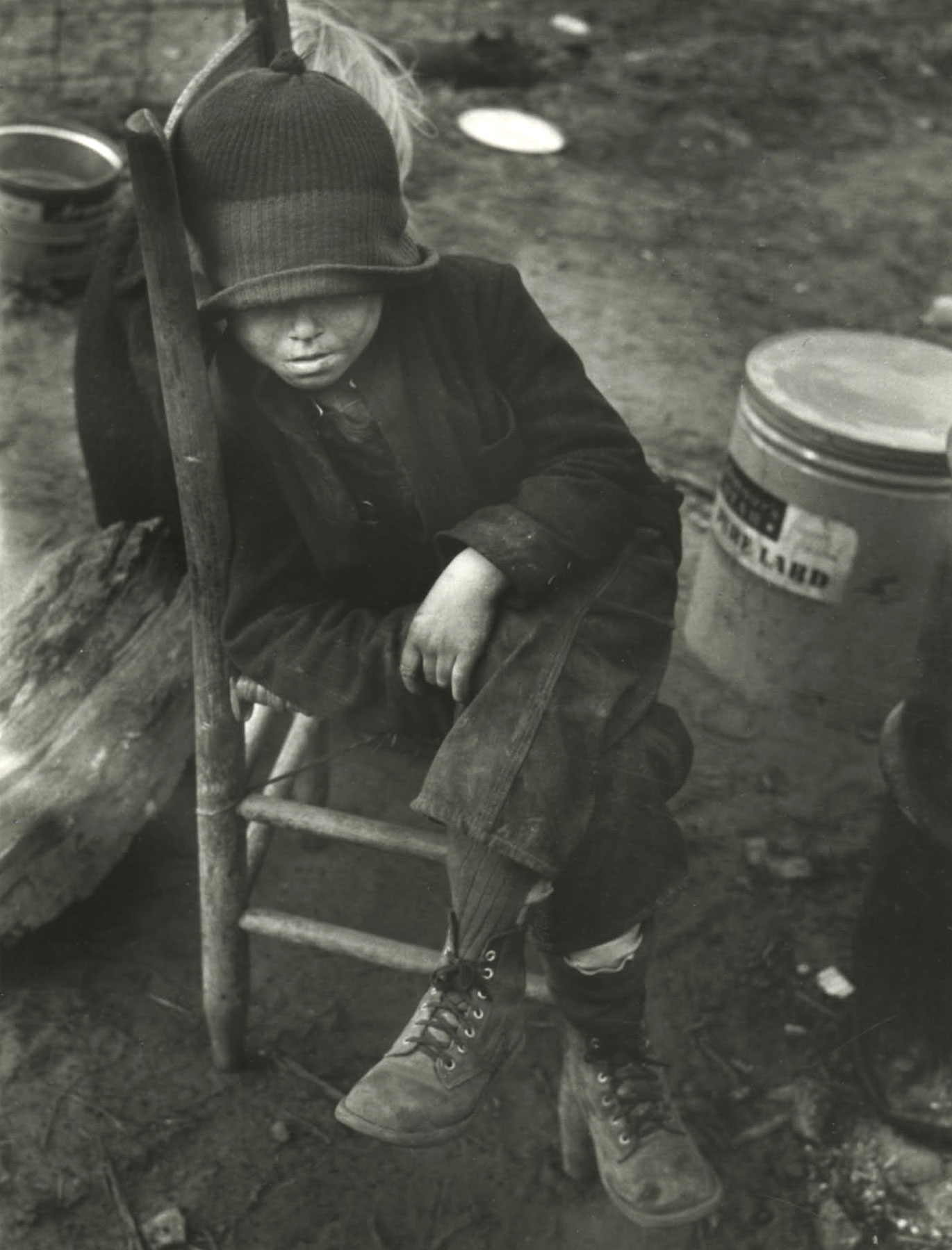

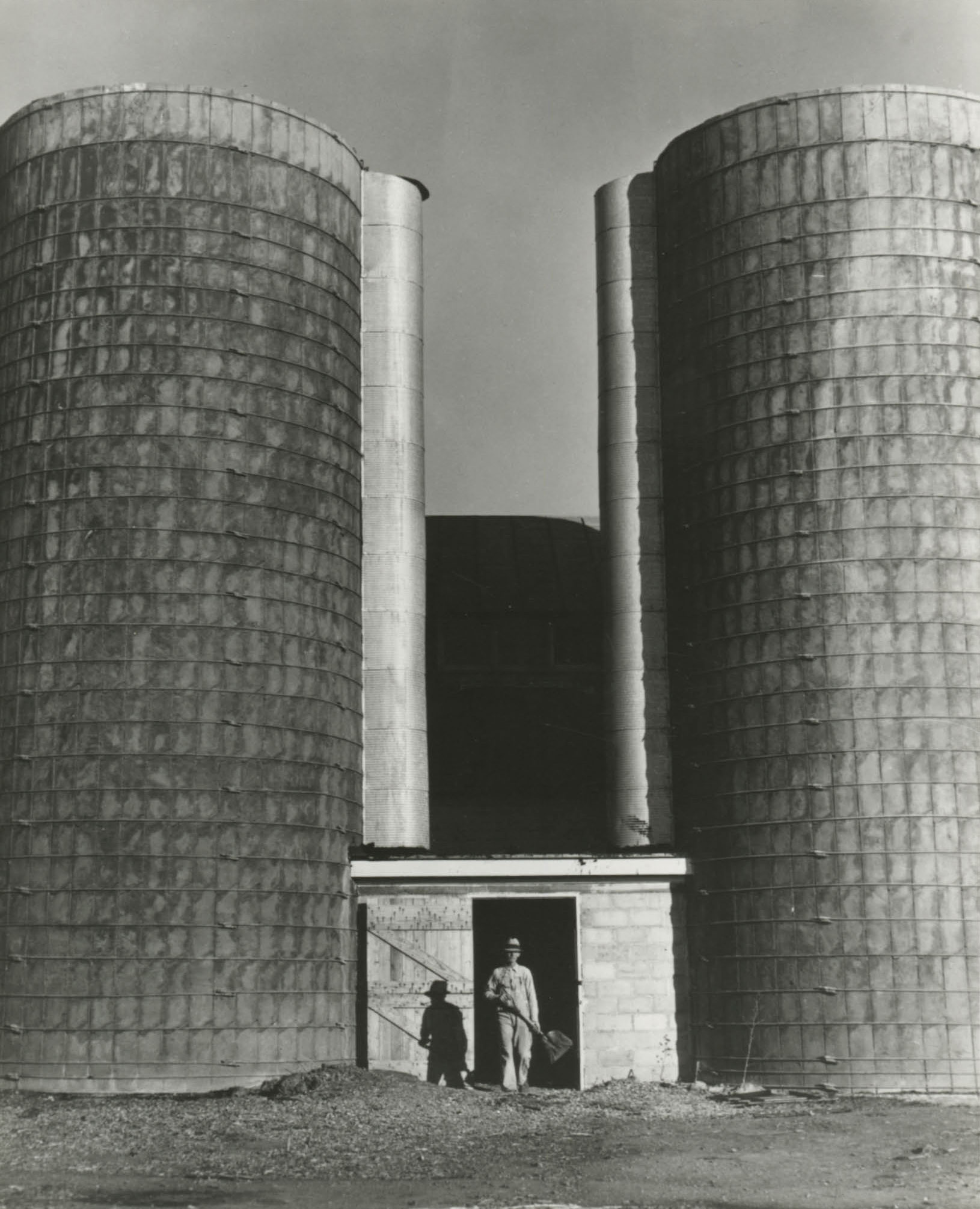
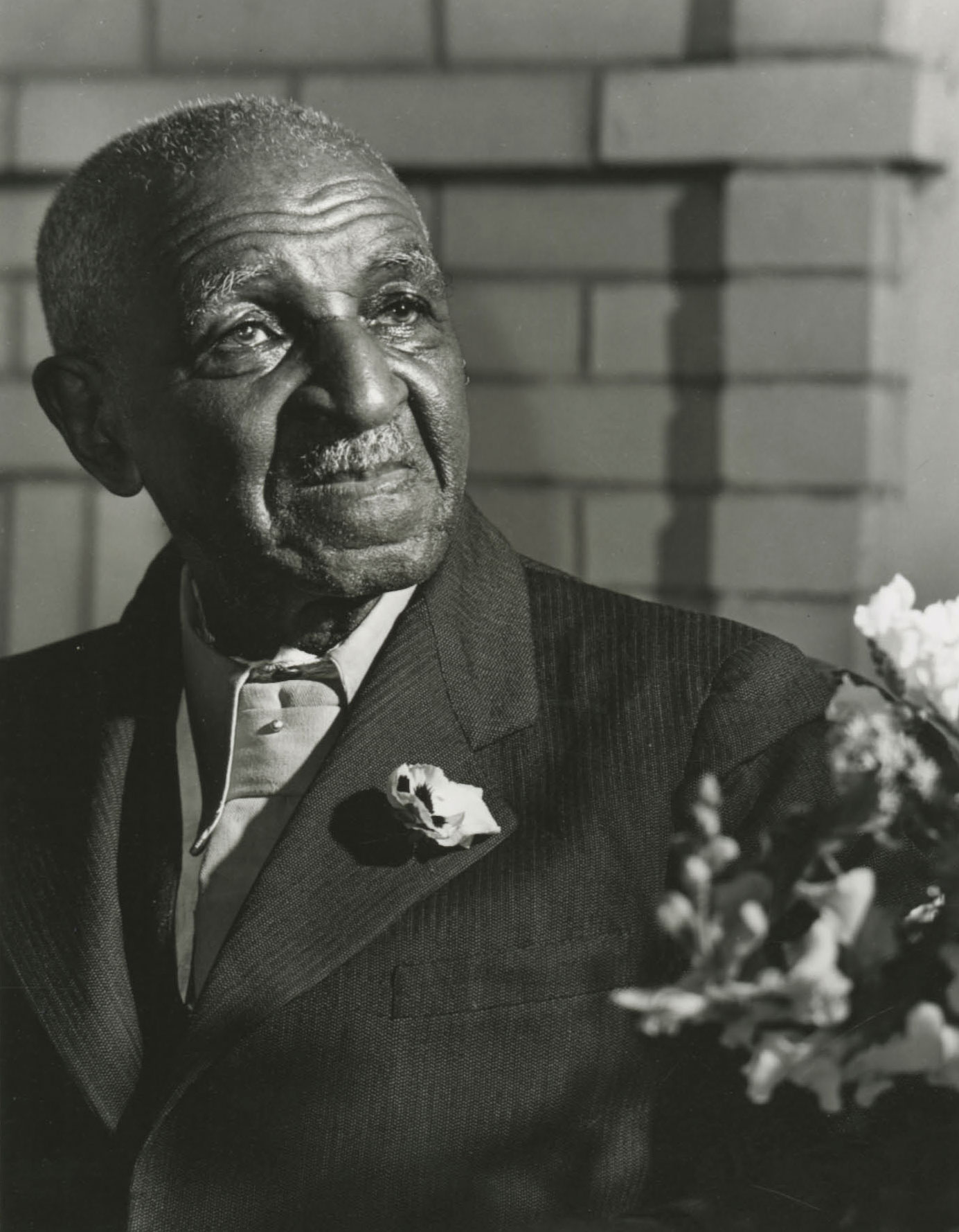

More Must-Reads from TIME
- Cybersecurity Experts Are Sounding the Alarm on DOGE
- Meet the 2025 Women of the Year
- The Harsh Truth About Disability Inclusion
- Why Do More Young Adults Have Cancer?
- Colman Domingo Leads With Radical Love
- How to Get Better at Doing Things Alone
- Michelle Zauner Stares Down the Darkness
Contact us at letters@time.com